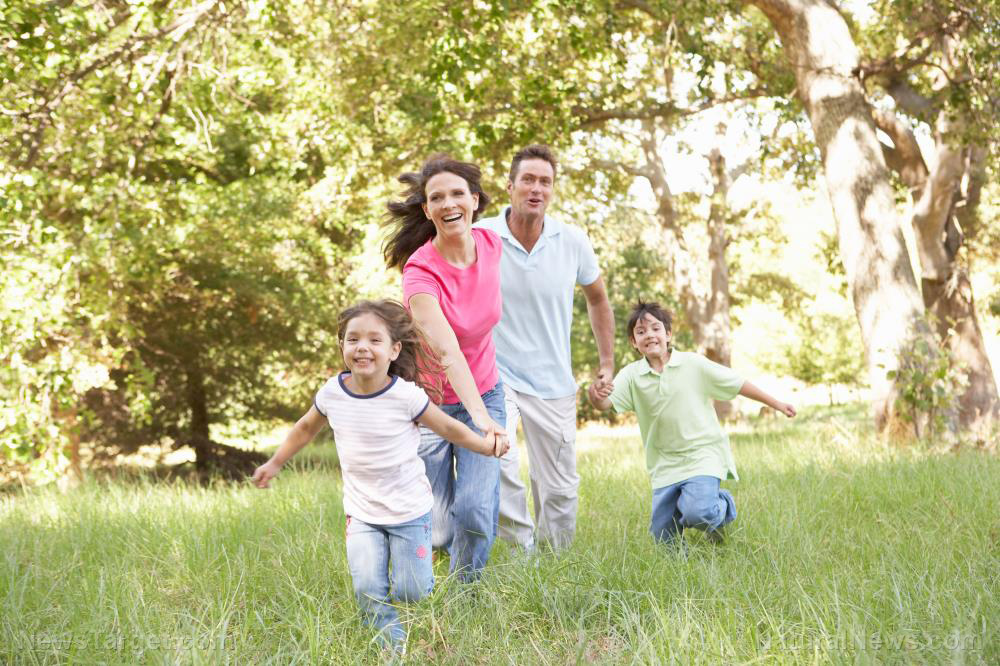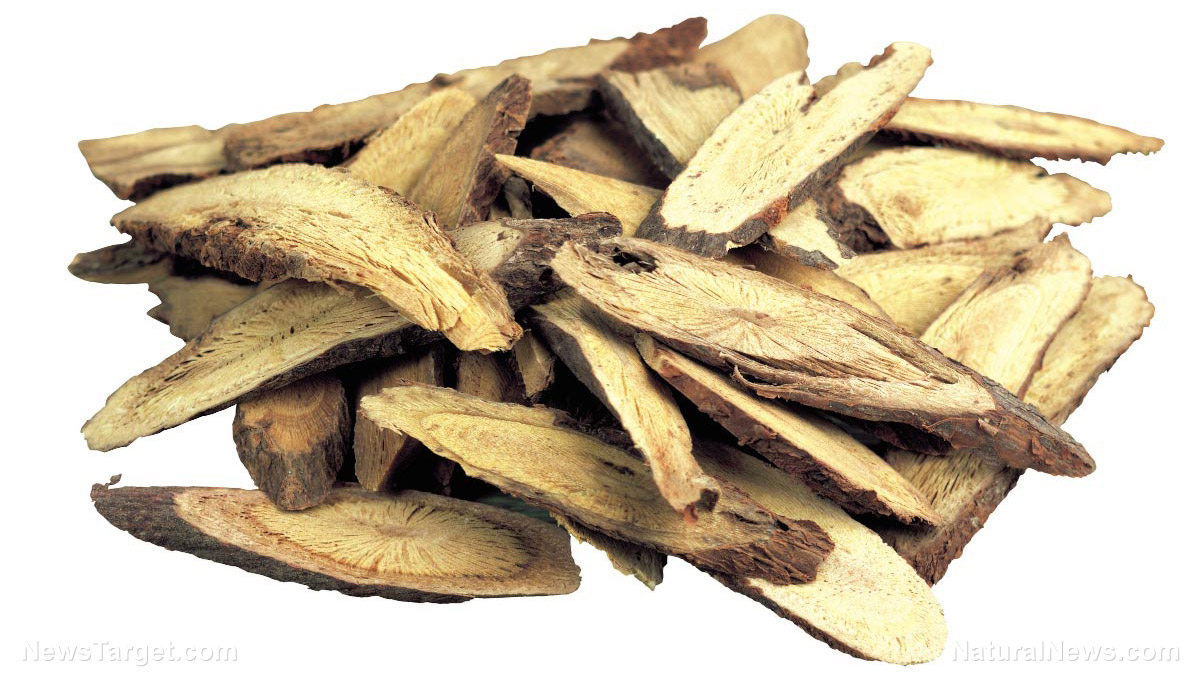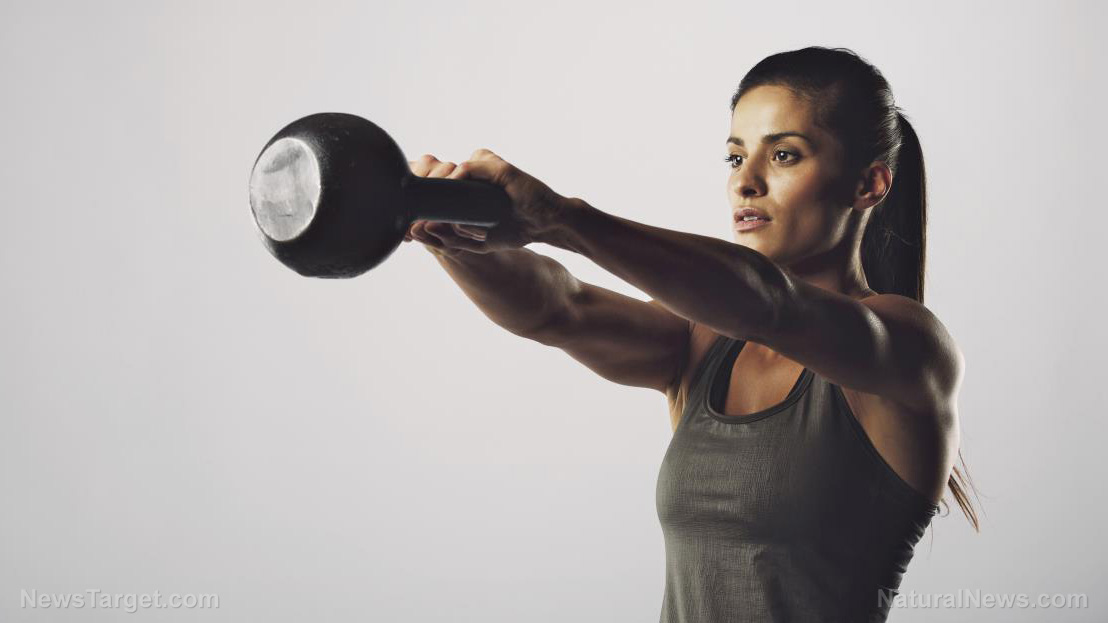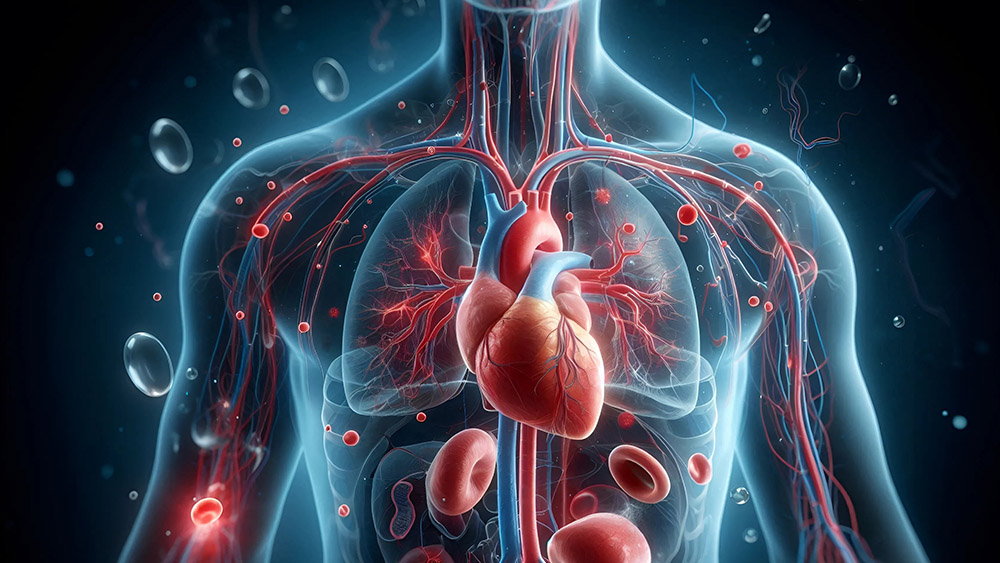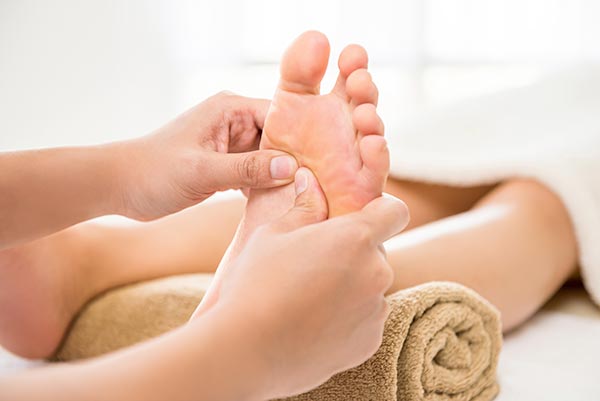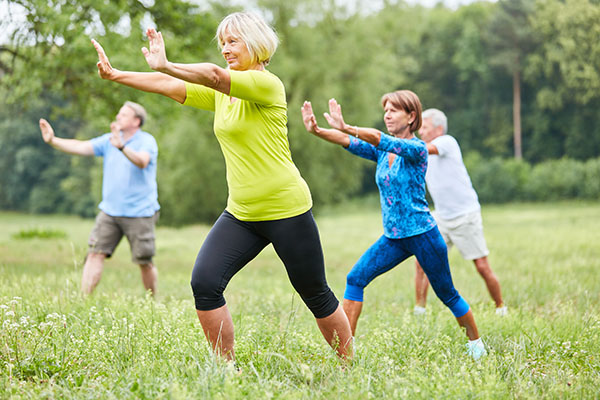
Get a basic medical screening
Talk with your doctor to make certain the physical activity you're considering is safe for you. Find out if you have any conditions that could put you in danger while exercising. You may still be able to work out an activity plan within the scope of your ability even if you have a chronic condition that may otherwise be limiting.Find a balanced exercise program
Do not rely on one sport or exercise to keep you in shape. Follow a program that includes cardiovascular activity, strength training and stretching. A modified senior-centered Tai Chi program may beat strength training and aerobics among older adults and people with Parkinson's disease, according to the National Center for Complementary and Integrative Health. It can also help reduce pain in people with lower-back pain, fibromyalgia and knee osteoarthritis. Tai Chi may be beneficial in improving balance. According to researchers and health experts, this centuries-old Chinese tradition can help reduce the risks of falling. (Related: Tai chi better than strength training and aerobics at preventing falls among seniors.) A study published in the International Journal of Environmental Research and Public Health has indicated that Tai Chi could significantly improve leg and arm strength and upper and lower body flexibility. Researchers also reported that Tai Chi has positive effects on the well-being, general cognition and emotions of elderly people.Warm up before and cool down after
Adding a few minutes to your warm-up can make your workouts smoother because "cold" muscles are more prone to injury. Here are three basic warm-up activities you can do before your workout.Leg warm-up
- Stand with your legs apart, with a slight bend in your knees. Slowly get used to shifting your weight from left to right.
- Rest your arms at your side, on your hips or on the back of a chair for support.
- Shift your weight onto one leg, supporting about 70 percent of your weight on that leg. Switch to the other leg slowly and with control.
- Repeat at least three times.
Torso twists
After doing the leg warm-up a few times, do some torso twists.- Put your hands on your hips to help you feel how much you are turning from the torso.
- Inhale deeply and feel your spine grow longer. Gently twist your torso as you exhale.
- Your knees should stay above your ankles, equally bent. The small movements actually work your core and increase your core stability.
- Let your breath guide how fast you move. Twist at least five times to both sides.
Energy in the sky
This is good for digestion, respiration and stretching your abdominal region. This movement helps with core stability and strengthens and stretches your back.- Stand in neutral position or keep your feet closer with your hands resting at your sides.
- Bring your hands together in front of your face, palms facing down, your fingertips pointing in toward each other and your arms as straight as you can comfortably get them.
- Look at your hands and continue to do so as you breathe in gently and begin to push your arms straight out in front of you, then up until they are up above your head
- As you exhale, bring your arms straight down and to your sides.
- Repeat at least five times.
Do exercises and physical activities regularly
You will not make healthful gains in fitness by cramming your activity during the weekends. Aim for at least 30 minutes of physical activity every day.Stay hydrated
Be sure to drink liquids when doing any activity that makes you sweat. If your doctor has told you to limit your fluids, be sure to check before increasing the amount of fluids you drink while exercising.Listen to your body
Pay attention to the messages your body is sending you, such as dizziness, chest pain and heartburn.Be cautious about adding new exercises
Whether you are new to exercise or whether you're a seasoned fitness enthusiast, avoid taking on too many activities at once. When your body is telling you it's ready to increase your activity level, do so in 10-percent increments. In other words, increase activity in small increments per week. Old age does not mean less activity. The more active you are, the better your body will age. Visit AgingSecrets.news for more stories about healthy aging. Watch the following video to learn about the three Ps for the bones: posture, prevention and protection. This video is from the What is Happening channel on Brighteon.com.More related stories:
Older men greatly benefit from Tai Chi: Study. Exercise is great for seniors – Older adults who move around a lot better able to express themselves. Playgrounds for seniors: A fun and practical idea gets the elderly in motion.Sources include:
BMJ.com MDPI.com WinchesterHospital.org NCCIH.NIH.gov Brighteon.comStudy shows compounds in ancient herbal medicine can help increase longevity
By Zoey Sky // Share
Study: Frequent visits to green spaces linked to lower use of some prescription drugs
By Belle Carter // Share
Dr. Bryan Ardis says compound from licorice root may stop hyperclotting caused by venom peptides
By Belle Carter // Share
Study: Strength training for at least 30 to 60 minutes a week helps boost longevity
By Zoey Sky // Share
Health care workers see VICTORY after New York Supreme Court strikes down covid jab mandate
By Ethan Huff // Share
DOJ releases new batch of Epstein files amid intensifying legal and political firestorm
By jacobthomas // Share
Netanyahu to seek Trump's approval for new Iran strikes at Mar-a-Lago meeting
By isabelle // Share
San Francisco power outage strands driverless cars, highlights grid vulnerability
By isabelle // Share
How ancient reflexology techniques offer modern pain relief
By bellecarter // Share

